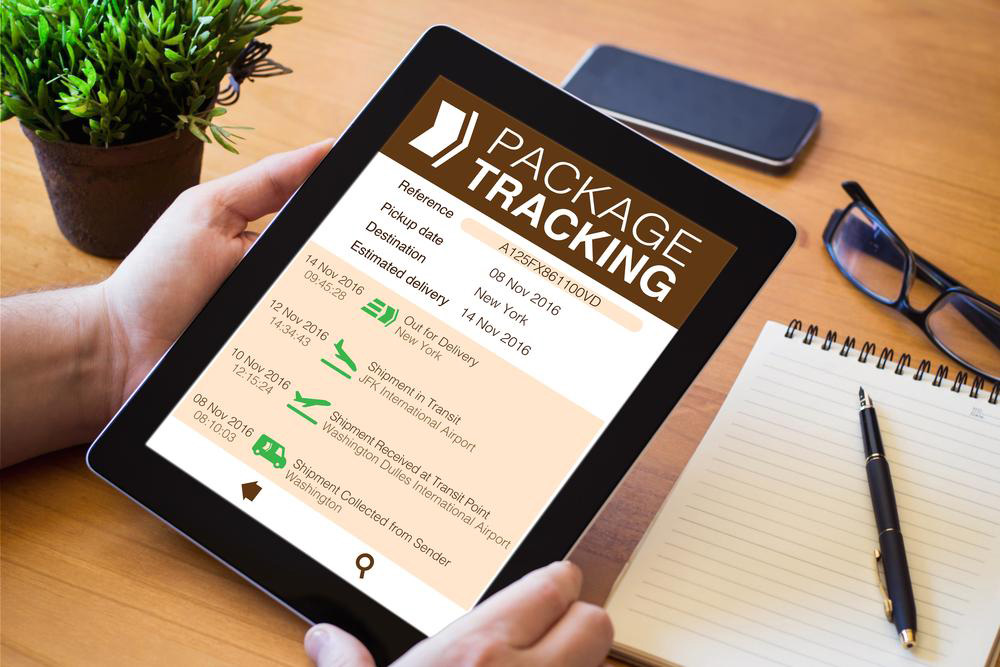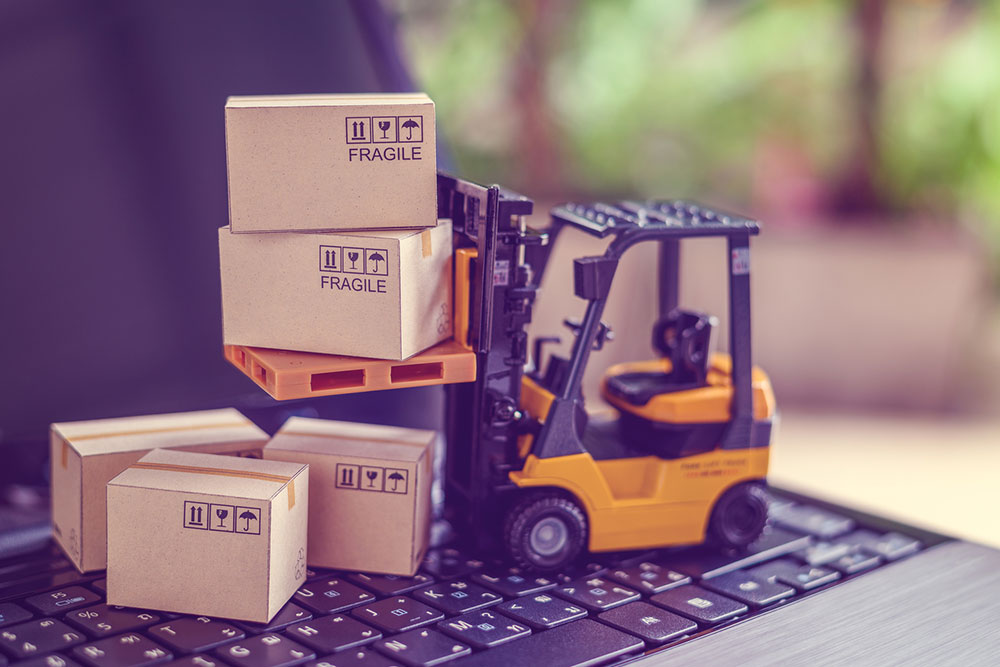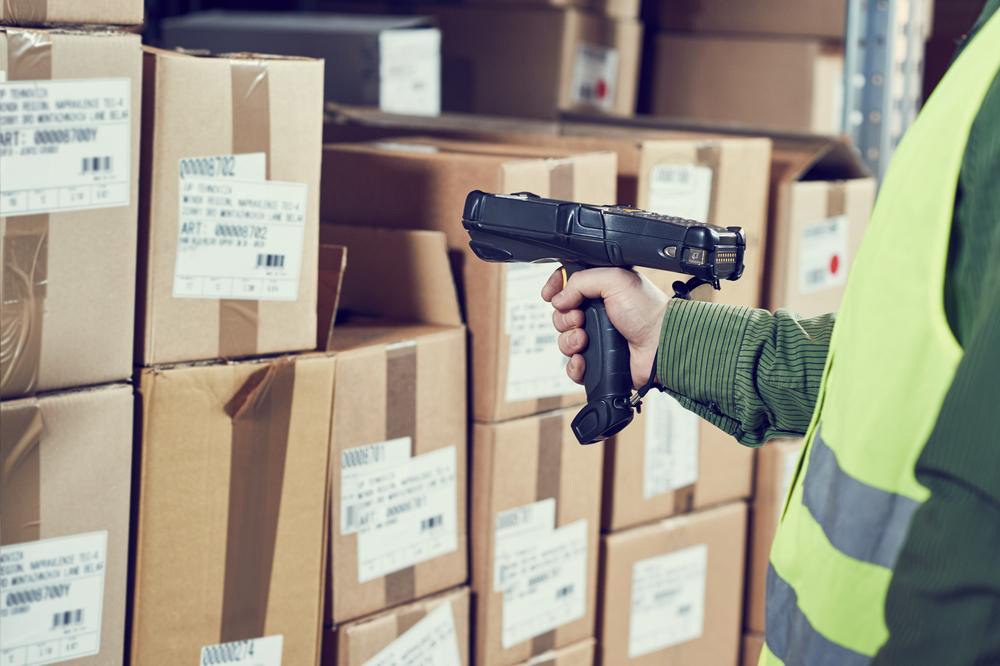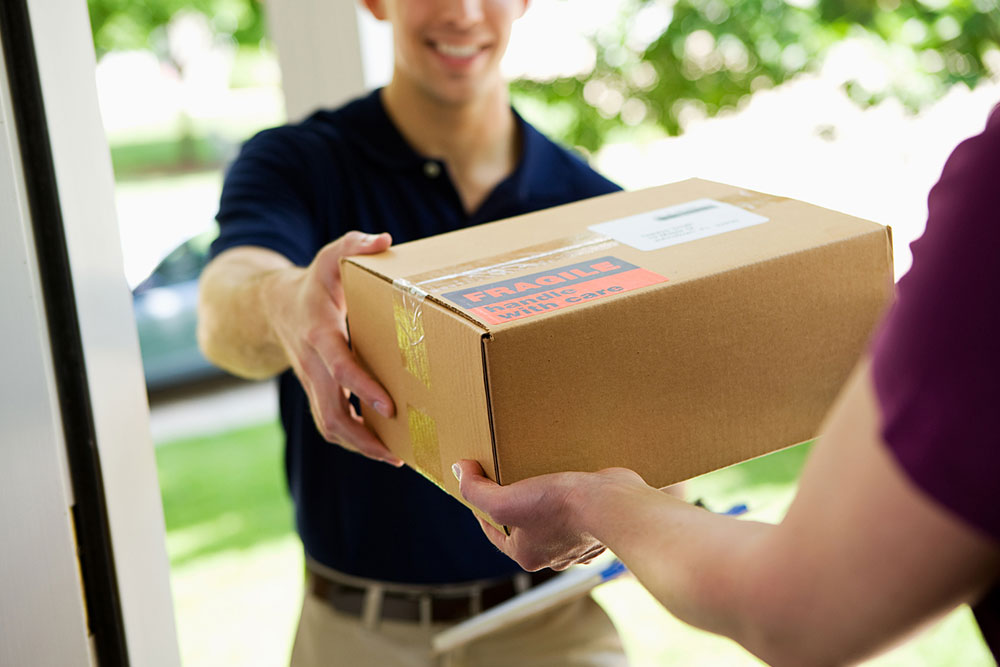Comprehensive Guide to the Package Tracking Lifecycle and How Modern Logistics Ensures Timely Delivery
Explore the comprehensive lifecycle of package tracking, from barcode scanning to real-time updates, and understand how modern logistics networks guarantee fast and reliable delivery worldwide. Learn about key technologies like GPS, automation, and data analytics that streamline parcel management and enhance customer satisfaction in today’s global shipping industry.
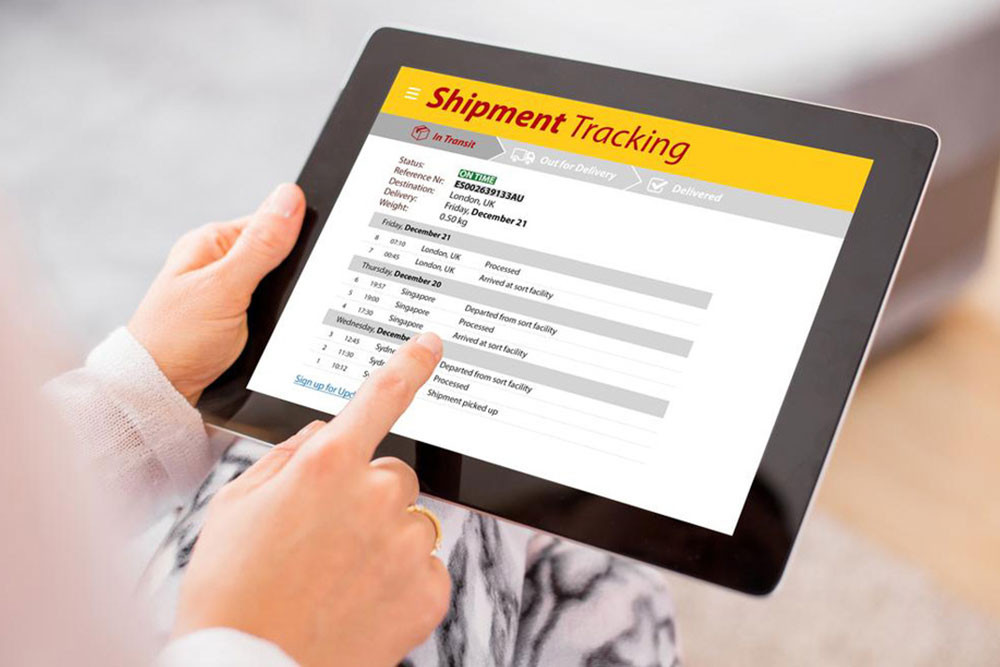
Understanding the Complete Package Tracking Lifecycle
In today's interconnected world, the ability to send and receive parcels across the globe has become more streamlined and efficient than ever before. This remarkable progress in logistics and courier services has transformed the way we think about shipping, allowing millions of individuals and businesses to dispatch goods anywhere within a matter of days or even hours. The backbone of this seamless experience is an intricate network of advanced technology, strategic logistics planning, and highly coordinated operations that work together to ensure parcels reach their destinations promptly and reliably.
At the core of global shipping networks are logistics companies that handle vast volumes of packages daily. These companies utilize diverse transportation methods, including trucks, ships, trains, and airplanes, to navigate the complicated web of international and domestic routes. Each phase of a parcel’s journey is meticulously monitored using modern tracking systems, which provide real-time updates to customers and logistics personnel. This includes everything from barcode scans to GPS-based tracking, which collectively create an accurate, transparent picture of the parcel’s status at every point along its route.
Handling billions of parcels annually requires an incredibly sophisticated system that ensures speed, accuracy, and accountability. Modern courier companies rely heavily on innovative technologies—particularly internet connectivity, mobile tracking devices, barcode label systems, and scanning technology. Each package is assigned a unique barcode label, which plays a vital role in maintaining the integrity and visibility of the shipment process. These barcodes contain essential routing information, such as delivery addresses, postal codes, and other logistical data.
When a package is prepared for shipment, it is affixed with a barcode label. As it progresses through the shipping network, the barcode is scanned at various checkpoints—sorting facilities, transit hubs, local distribution centers, and ultimately at the delivery point. These scans update the package's status in the company's tracking system, providing real-time updates that are accessible via mobile apps, websites, or notifications. This continuous data exchange enables customers to track their parcels with precision, from pickup to final delivery, and allows logistics teams to identify and resolve potential delays quickly.
The entire lifecycle of package tracking involves several essential stages. It begins with order processing and label creation, followed by the pickup or dispatch from the origin point. The parcel then moves through various transportation modes and logistic hubs, where barcode scans facilitate movement updates. Once the package reaches the destination city or region, local delivery teams take over, completing the final leg of transit until handover to the recipient. Throughout this process, technology ensures every step is recorded, monitored, and communicated transparently, fostering trust and reliability in global shipping services.
Furthermore, GPS technology complements barcode scanning by providing live location data, especially for transportation vehicles. Fleet management systems utilize GPS to optimize routes, monitor vehicle conditions, and ensure timely pickups and deliveries. These integrations within logistics networks help reduce delivery times, improve service quality, and increase customer satisfaction.
Technology also enhances the efficiency of parcel sorting. Automated sorting facilities use conveyor belts, robotic arms, and sophisticated scanners to classify and direct packages swiftly based on their destination. These automation systems reduce human error, speed up processing times, and enable operations to handle millions of parcels daily without congestion or delays. Additionally, predictive analytics and AI-powered algorithms forecast potential bottlenecks, optimize routes, and streamline the entire logistics chain.
Customer service is another critical element facilitated by modern tracking technology. Customers can receive live updates about their packages, including estimated delivery times, delay notifications, and alerts on delivery attempts. Many courier services now offer mobile apps, where users can see real-time maps indicating the package’s position, communicate directly with delivery personnel, and reschedule pickups if necessary. This transparency builds trust and enhances the overall customer experience in e-commerce and logistics sectors.
In summary, the lifecycle of package tracking is a sophisticated process driven by cutting-edge technology and meticulous logistical planning. From the moment a parcel is created and labeled to its final delivery, a combination of barcode scanning, GPS tracking, automated sorting, and real-time data sharing ensures efficiency, accuracy, and reliability. As e-commerce continues to grow globally, these systems are set to become even more advanced, further simplifying the shipping experience for consumers and businesses alike.
